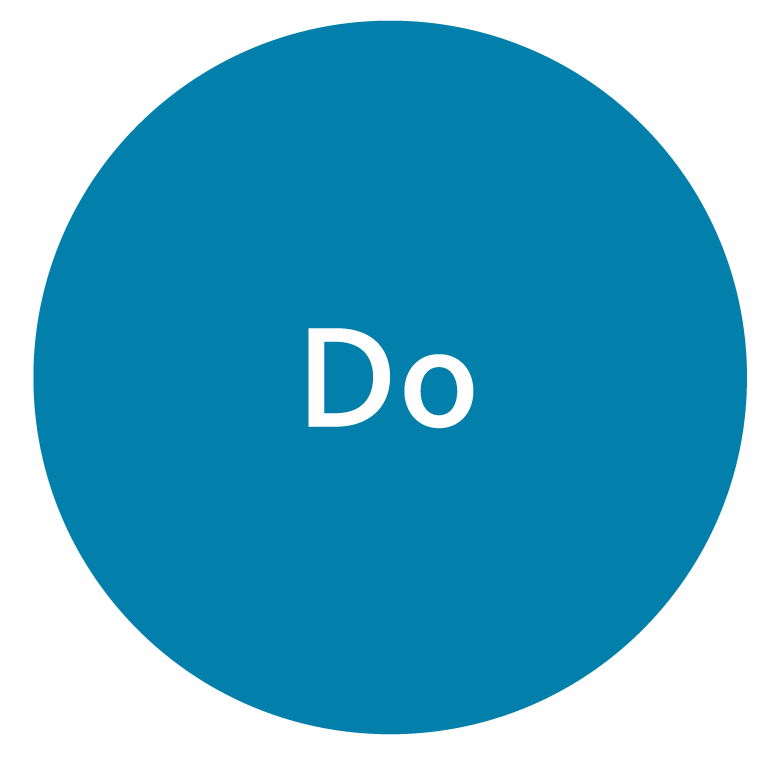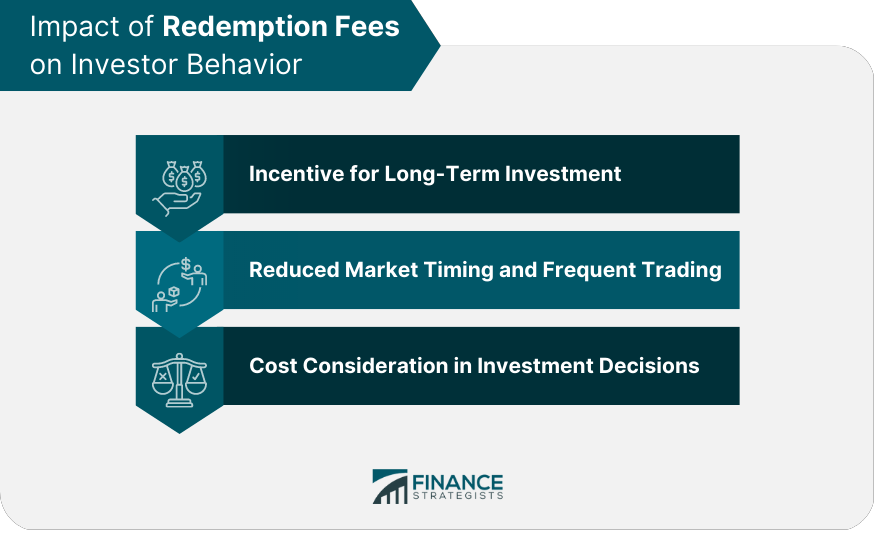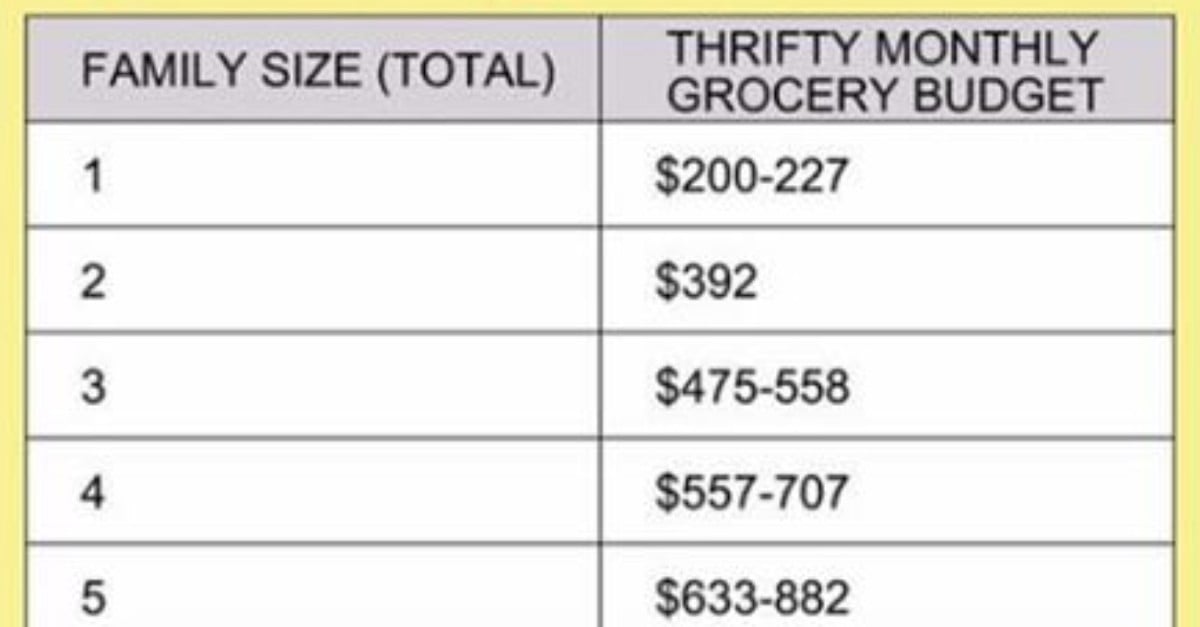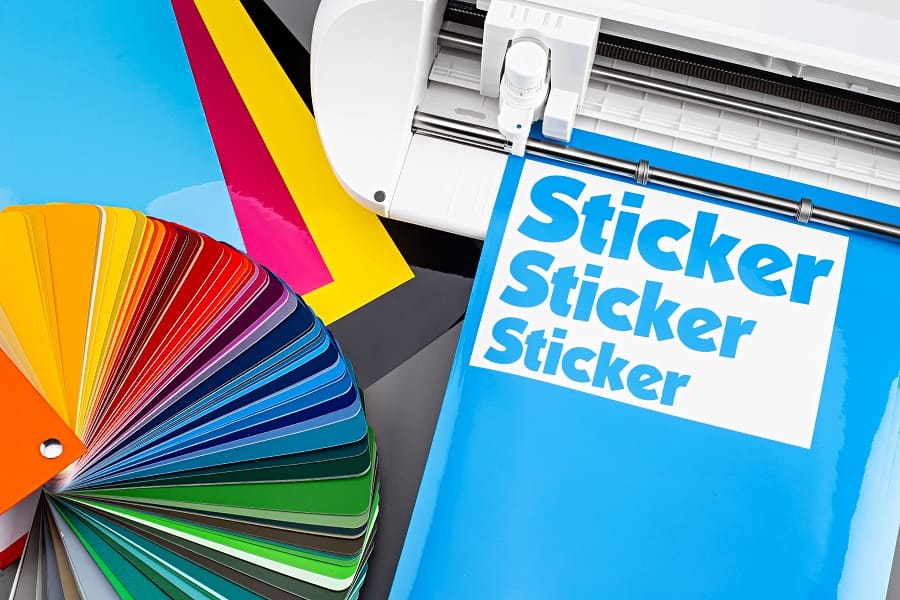Your Complete Guide to Launching a Successful Sticker Business
Introduction: Why Start a Sticker Business?
Stickers have become a powerful medium for personal expression, marketing, and art. The low cost of entry and the flexibility to sell online or in person make sticker businesses an accessible and appealing venture for creative entrepreneurs. Whether you design whimsical laptop decals, motivational planner stickers, or custom branding for companies, the sticker market offers room for innovation and profit. This comprehensive guide provides step-by-step instructions to help you transform your design ideas into a thriving sticker business, including industry trends, practical examples, and proven strategies. [4]
1. Research the Market and Define Your Niche
Before you launch, invest time in understanding the sticker market’s dynamics. Analyze trending themes, assess competitor offerings, and identify gaps you can fill. Consider surveys, interviews, and tools like Google Trends to gather insights. Niches might include eco-friendly stickers, pop culture themes, minimalist aesthetics, or event-specific designs. For example, a business focused on sustainable, biodegradable stickers could appeal to eco-conscious buyers. By narrowing your target market, you position yourself as an expert and create a loyal customer base. [4] [3]
Practical step: List five potential niches, then research their demand and competition. Choose the one that aligns with your skills and market needs.
2. Validate Your Ideas and Designs
Once you’ve defined your niche, create prototype designs and gather feedback. Share samples with friends, family, or online communities and solicit honest opinions. Use social media polls or platforms like Reddit to test which concepts resonate. Early validation helps you refine your offerings and avoid investing in products with little market interest. [5]
Example: An artist considering animal-themed stickers could post a few designs on Instagram and gauge follower engagement before producing inventory.

Source: stepbystepbusiness.com
3. Choose Your Production Method
Sticker production can be done in-house or outsourced. In-house production requires equipment such as a vinyl cutter, printer, sticker paper, and laminator. This approach offers control over quality and quick turnaround but involves higher startup costs and a learning curve. Outsourcing to companies like Printify or The/Studio allows you to upload designs and have stickers printed and shipped by professionals, often under a print-on-demand model. [3] [5]
Alternative approach: If you are starting with limited funds or want to test the market, print-on-demand eliminates upfront inventory costs and allows you to scale as orders increase. As your business grows, you may transition to in-house production for greater profit margins.
4. Develop a Business Plan and Register Your Business
Draft a clear business plan outlining your mission, target market, products, pricing, and marketing strategy. Decide whether you will operate as a sole proprietorship, LLC, or another structure. Register your business according to local laws and apply for any necessary permits. Calculate all costs, including design software, production, shipping, packaging, and taxes. [2]
Implementation guidance: Many entrepreneurs may be able to register their business online through their state or local business portal. Consult your local government’s official website and search for “business registration” for region-specific requirements.
5. Design Your Sticker Portfolio
Use professional design tools like Adobe Illustrator, Affinity Designer, or free alternatives such as Inkscape to create your sticker designs. Aim for eye-catching, original concepts that reflect your brand and niche. Consider offering multiple shapes, finishes (matte, glossy, holographic), and customizable options for events or businesses. [4]
Tip: Ensure your designs are created in high resolution (typically 300 dpi) and use vector graphics where possible for scalability and print quality.
6. Set Up E-Commerce and Sales Channels
You can sell stickers via an online store, marketplaces, or in-person events. Platforms like Shopify, Etsy, and BigCommerce are popular for launching e-commerce stores. Shopify, for example, offers templates, payment processing, and inventory tools. Etsy is ideal for handmade and custom stickers, giving you access to a built-in audience. Alternatively, consider print-on-demand platforms like Printify or Printful, where your stickers are produced and shipped per order, reducing inventory risk. [5]
Alternative approach: For local exposure, partner with small retailers or participate in craft fairs, pop-up shops, and community events. This can help you build relationships and get direct feedback from customers.
7. Price Your Products and Calculate Costs
Factor in materials, production, packaging, shipping, platform fees, and marketing when setting prices. Research competitor pricing and consider perceived value-unique designs or eco-friendly materials may warrant higher prices. If you use print-on-demand, your profit margin will be lower, but you avoid inventory risk. For in-house production, keep close track of all expenses to ensure profitability. [2]
For example, vinyl stickers typically cost more to produce than paper stickers but are more durable and can command a higher price point. Adjust your pricing as you gather sales data and customer feedback.

Source: growthdevil.com
8. Build Your Brand and Marketing Strategy
Develop a cohesive brand identity, including your business name, logo, and packaging. Tell your brand story on your website and social media to differentiate yourself and connect with customers. Use platforms like Instagram, TikTok, and Pinterest to showcase your designs, share behind-the-scenes content, and engage with your audience. Consider collaborations with influencers or brands for additional reach. [2]
Practical steps: Set up an Instagram profile dedicated to your sticker business and post regularly. Engage with followers through comments, stories, and giveaways.
9. Fulfillment and Customer Experience
Choose a reliable shipping partner and develop a straightforward fulfillment process. Package stickers securely to prevent damage and include a thank-you note or a small freebie to enhance the customer experience. Clear communication about order status and prompt responses to inquiries foster trust and encourage repeat business. [1]
Potential challenge: Managing shipping delays or product issues. Solution: Be proactive-update customers about delays and offer replacements or refunds if necessary to maintain your reputation.
10. Scale and Diversify
After establishing your sticker business, explore growth opportunities. Expand your product range with related items like magnets, pins, or apparel. Use customer feedback to refine your offerings. Consider wholesale opportunities or custom business-to-business (B2B) orders for larger clients, such as organizations needing branded stickers. [2]
Alternative pathways: Some entrepreneurs partner with artists or offer design services to diversify revenue streams. Stay informed about industry trends and adjust your strategy to capitalize on new opportunities.
Conclusion: Turning Creativity into Profit
Starting a sticker business requires creativity, research, strategic planning, and consistent execution. By following these steps-defining your niche, validating designs, choosing production methods, building a brand, and engaging customers-you can transform your passion for design into a profitable venture. Regularly reassess your approach, stay alert to trends, and seek feedback to evolve with the market. With dedication and adaptability, your sticker business can become a sustainable source of income and creative fulfillment.
References
- [1] Pay.com (2023). How to Start a Successful Sticker Business in 9 Steps.
- [2] Printful (2024). How to Start a Sticker Business from A to Z.
- [3] Printify (2024). How to start a sticker business in 2025: Step-by-step guide.
- [4] Avery (2024). How to Start a Sticker Business.
- [5] The/Studio (2023). A Beginner’s Guide to Starting a Custom Sticker Business.
MORE FROM jobsmatch4u.com













